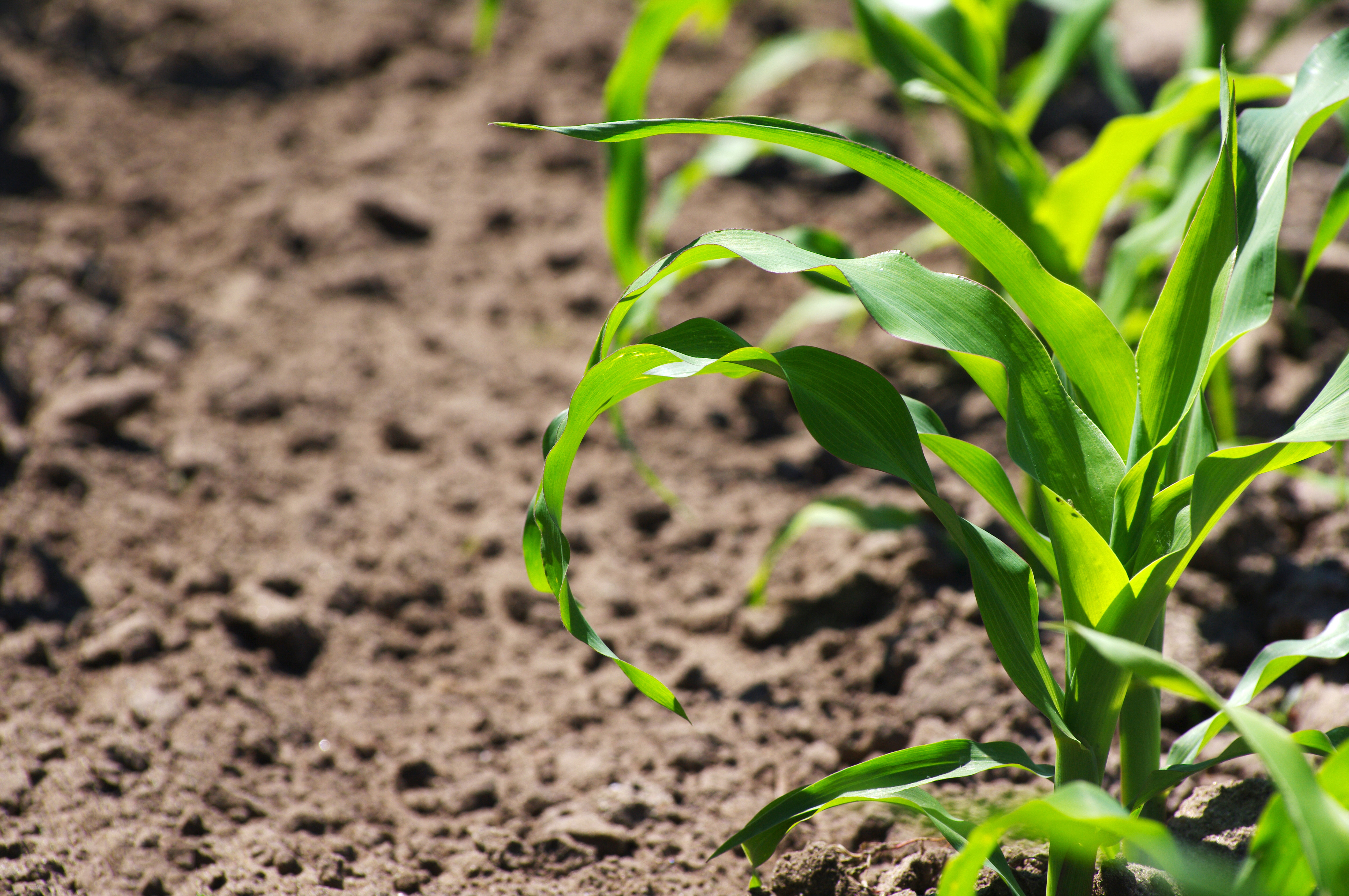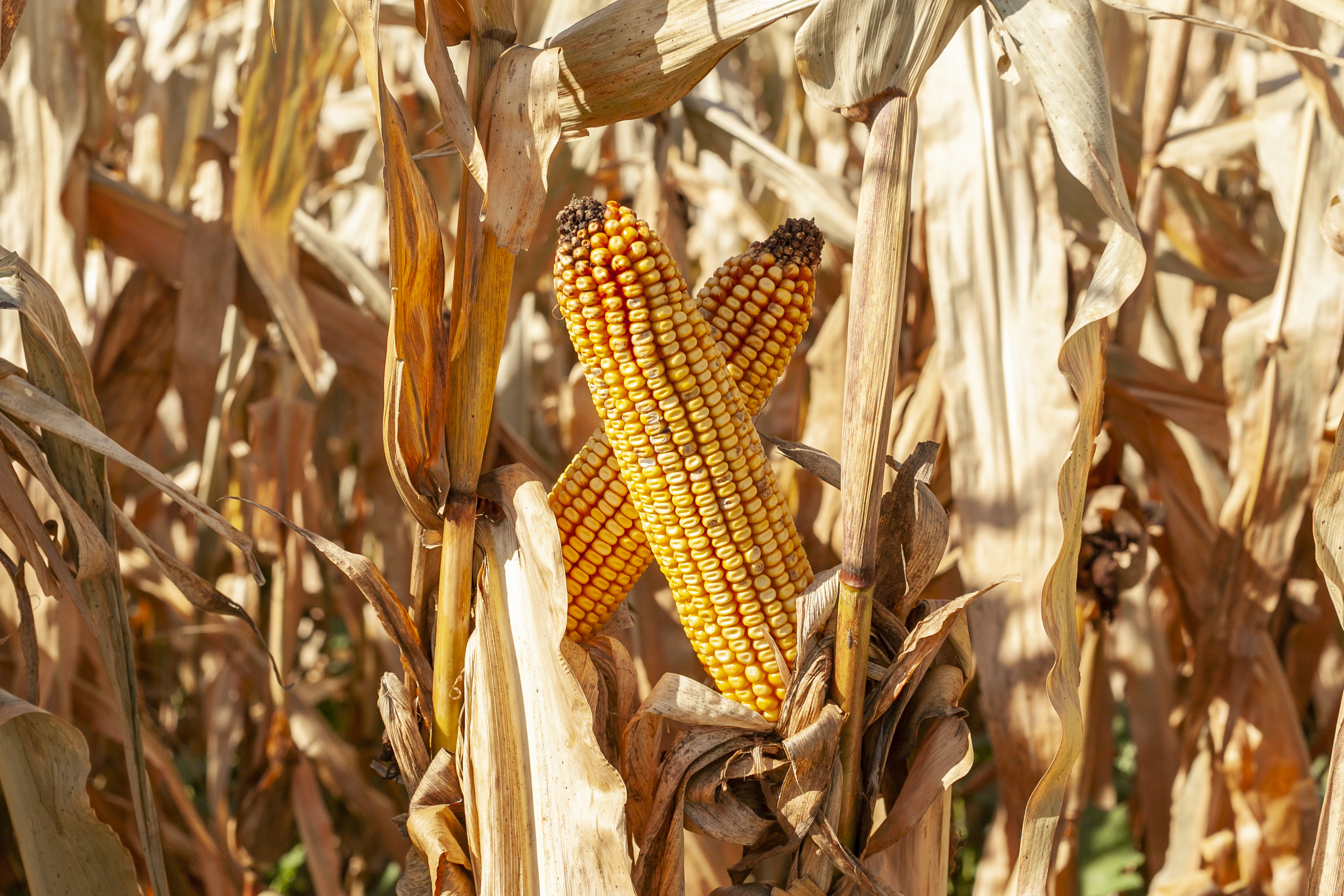Crop Insurance Cycle
Follow along below as we guide you though each step in the yearly Crop Insurance Cycle.

1. Sales Closing Date and Application
The Crop Insurance Cycle begins each year with the insurance offer. Actuarial documents are published annually by the Risk Management Agency (RMA). Insurance applications must be completed and signed no later than the sales closing date specified in the crop actuarial documents. Applications signed after the crop sales closing date may be rejected by the insurance provider.

2. Acceptance
Upon receipt of a properly completed and timely submitted insurance application, the insurance provider will accept and process the application, unless the applicant is determined to be ineligible under the contract or Federal statute or regulation. The insurance provider will issue a summary of coverage and the appropriate policy documents to the applicant. After the application is accepted, the policyholder may not cancel the policy for the initial crop year.

3. Production Reporting
The Production Reporting Date (PRD) is the latest date production reports will be accepted. A production report is a written record showing the insured's annual production, used to determine the insured's yields for insurance purposes. It includes information such as planted acreage and harvest production for previous years.

4. Insurance Attaches
For annual crops, insurance attaches annually when planting begins on the insurance unit. The crop must be planted on or before the crop's published final planting date unless late or prevented planting provisions apply.
For perennial crops, insurance attaches each crop year on the calendar date specified in the provisions.

5. Acreage Reporting
The policyholder must annually report the number of acres planted, the date the acreage was planted, farming practices used, and other required information. This report is used by the insurance provider to establish the amount of coverage and premium for the crop. Insurance providers may deny coverage if the acrage report is filed after the applicable reporting date.

6. Summary of Coverage
The insurance provider will process a properly completed and timely filed acreage report, and issue to the policyholder a summary of coverage that specifies the insured crop, the insured acres, and amount of insurance or guarantee for each insurance unit. The policyholder may make changes to the filed acreage report, if permitted by the insurance provider.

7. Premium Billing
The annual premium is earned and payable at the time insurance coverage begins. The insurance provider shall issue a premium billing based upon the information contained in the acreage report no earlier than the premium billing date specified in the crop actuarial documents. If the premium or administrative fees are not paid by the data specified in the actuarial documents or policy, the insurance provider may assess interest on the outstanding premium balance.

8. Cancelation/ Termination
Insurance coverage is continuous and can be canceled by either the insurance provider or the policyholder for the following crop year by providing a written notice to the other party no later than the cancelation date specified in the crop policy. The policy will automatically renew for the subsequent crop year unless the policyholder cancels the policy in writing on or before the crop cancelation date.
